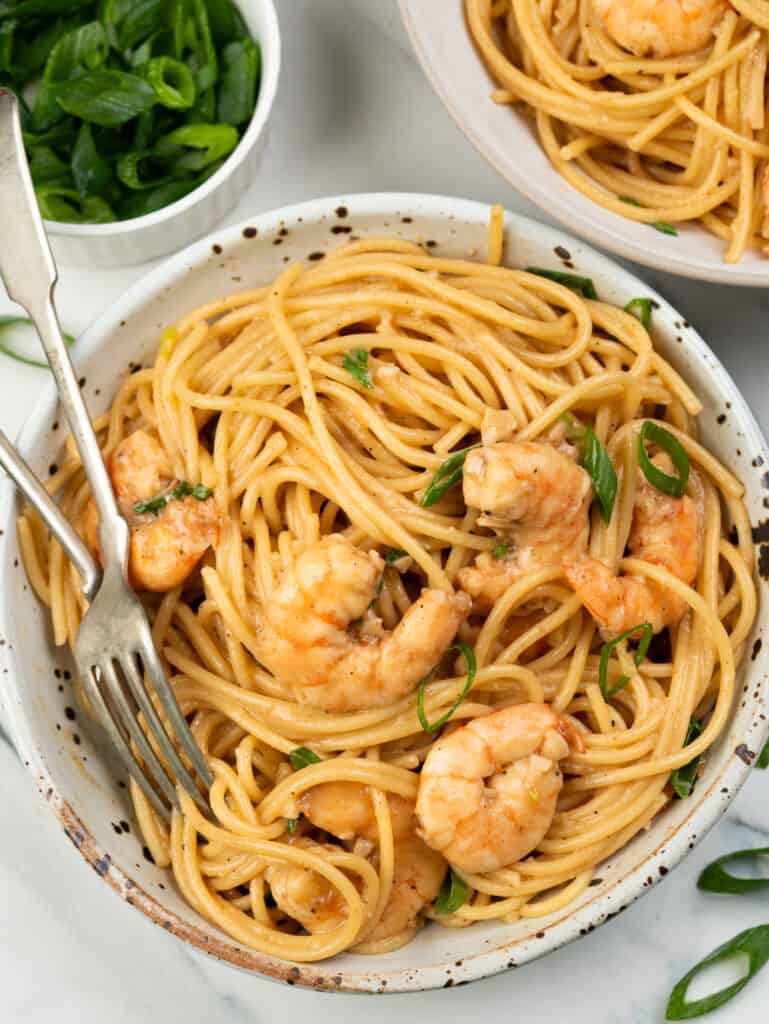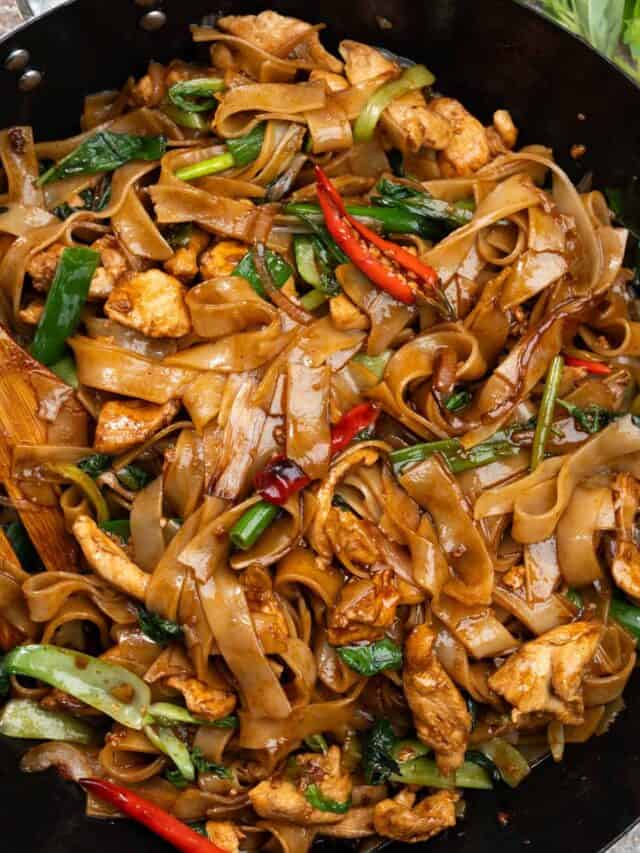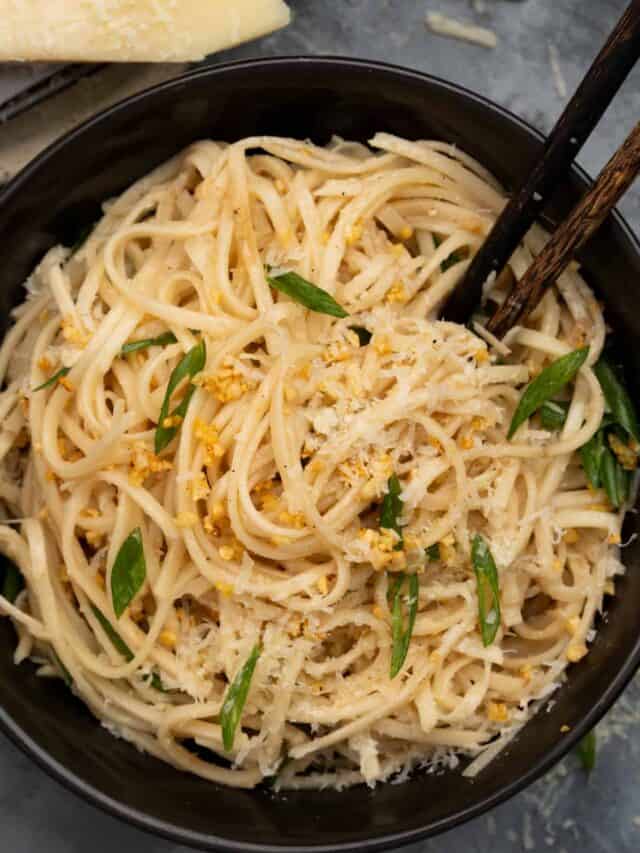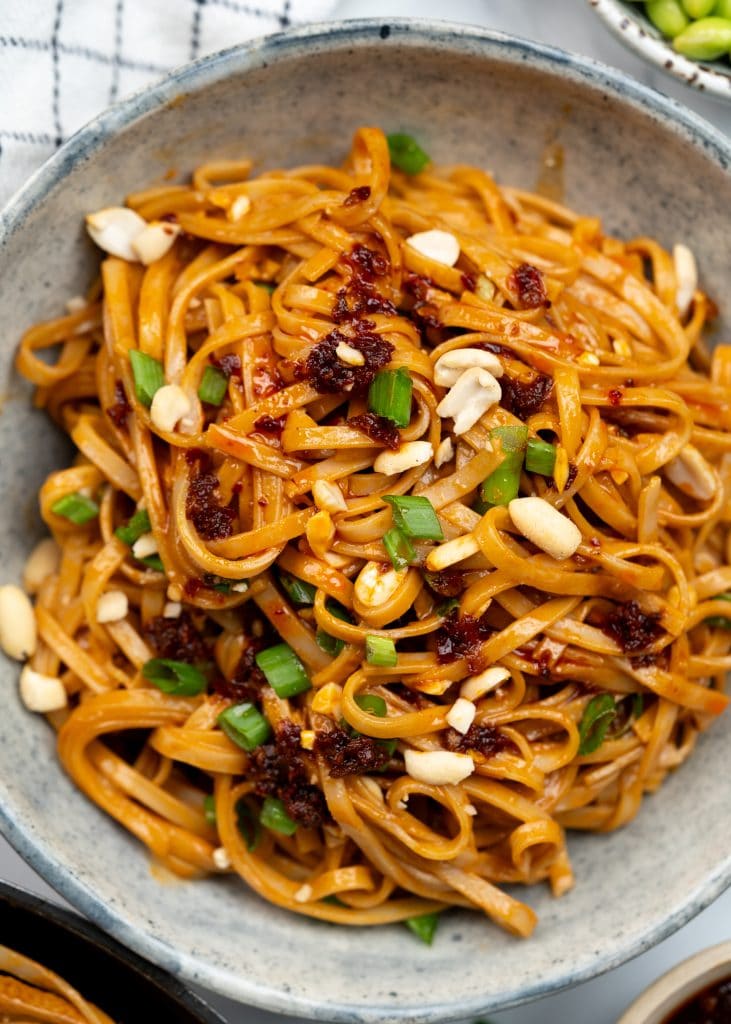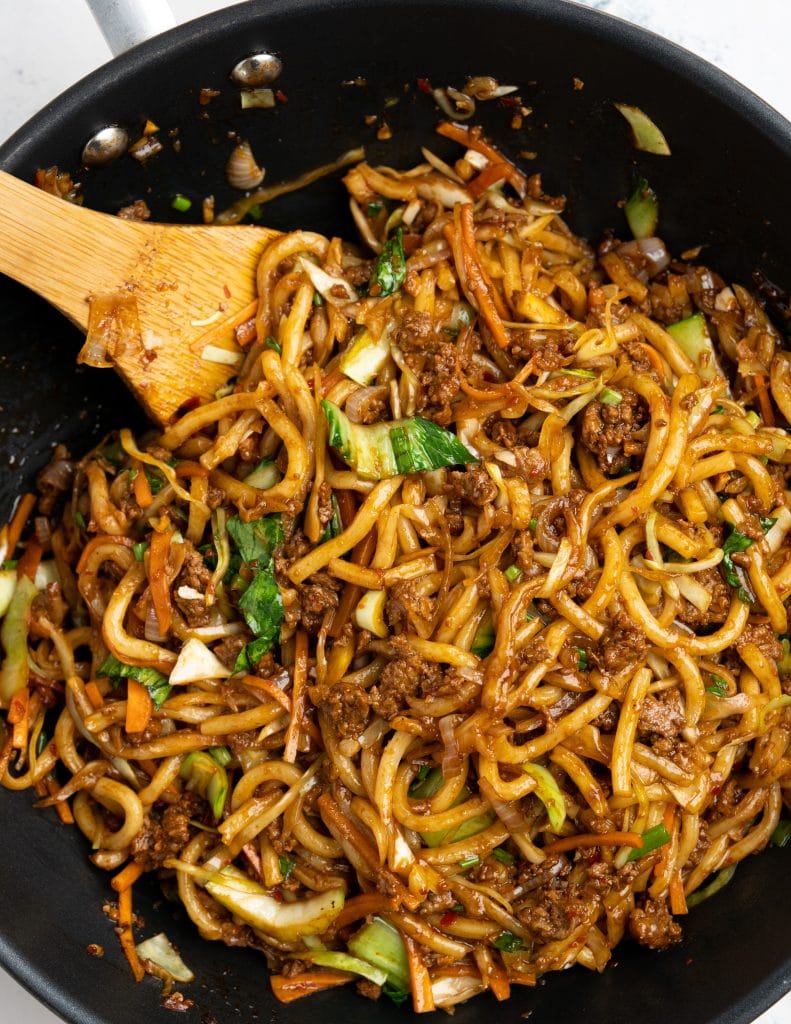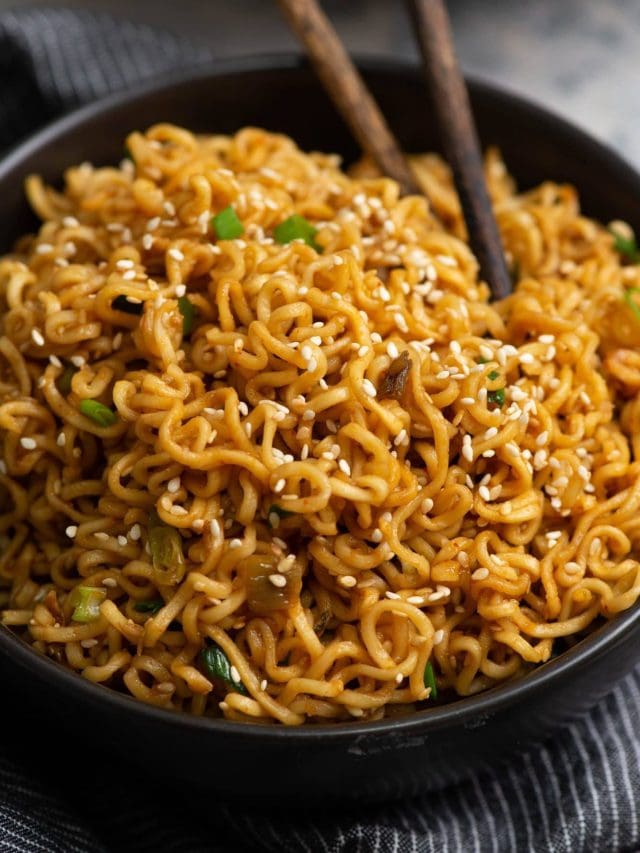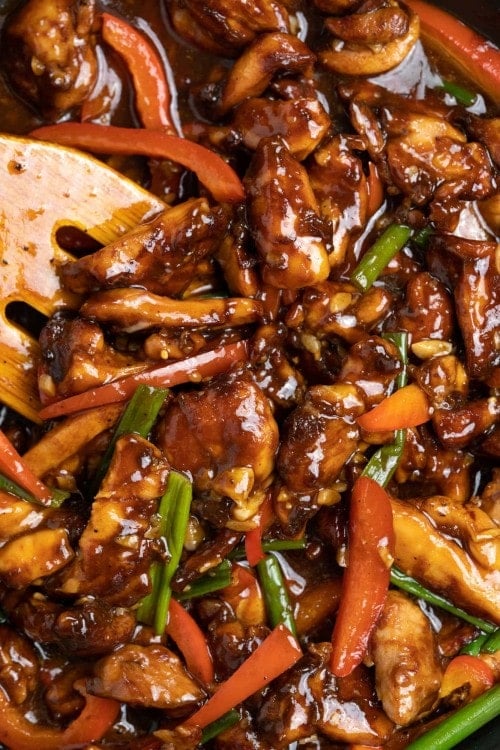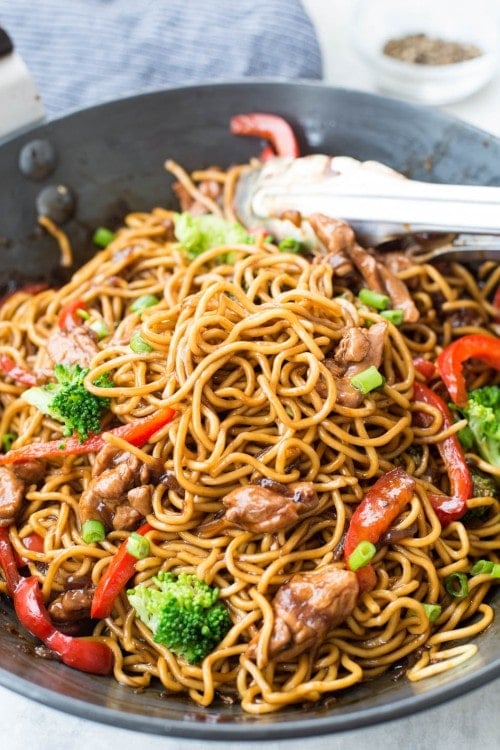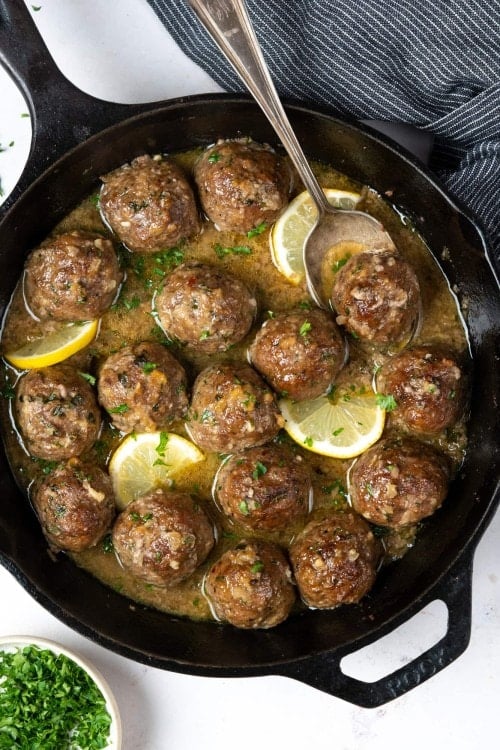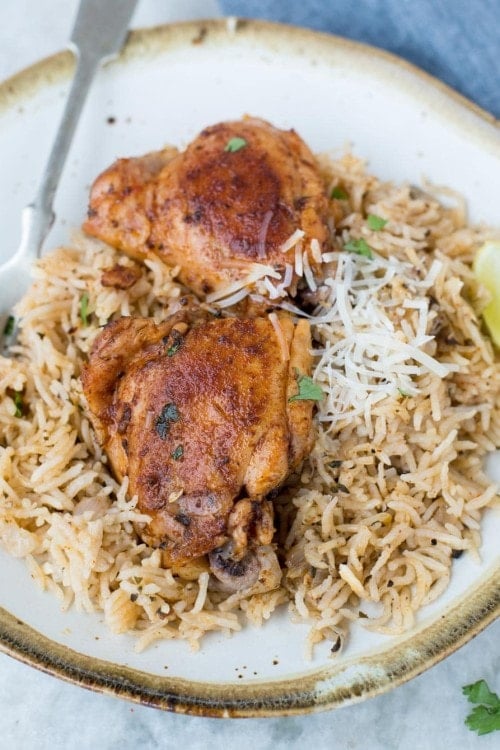Spicy Gochujang Noodles
Spicy, slurpy, quick and easy, imagine twirling these noodles and having a spicy forkful every night of the week. Every night? Why not? When it comes together with just some pantry staples and 2 Korean ingredients, these Spicy Gochujang Noodles will always be on the top of my “Ready-in-minutes!’ list.
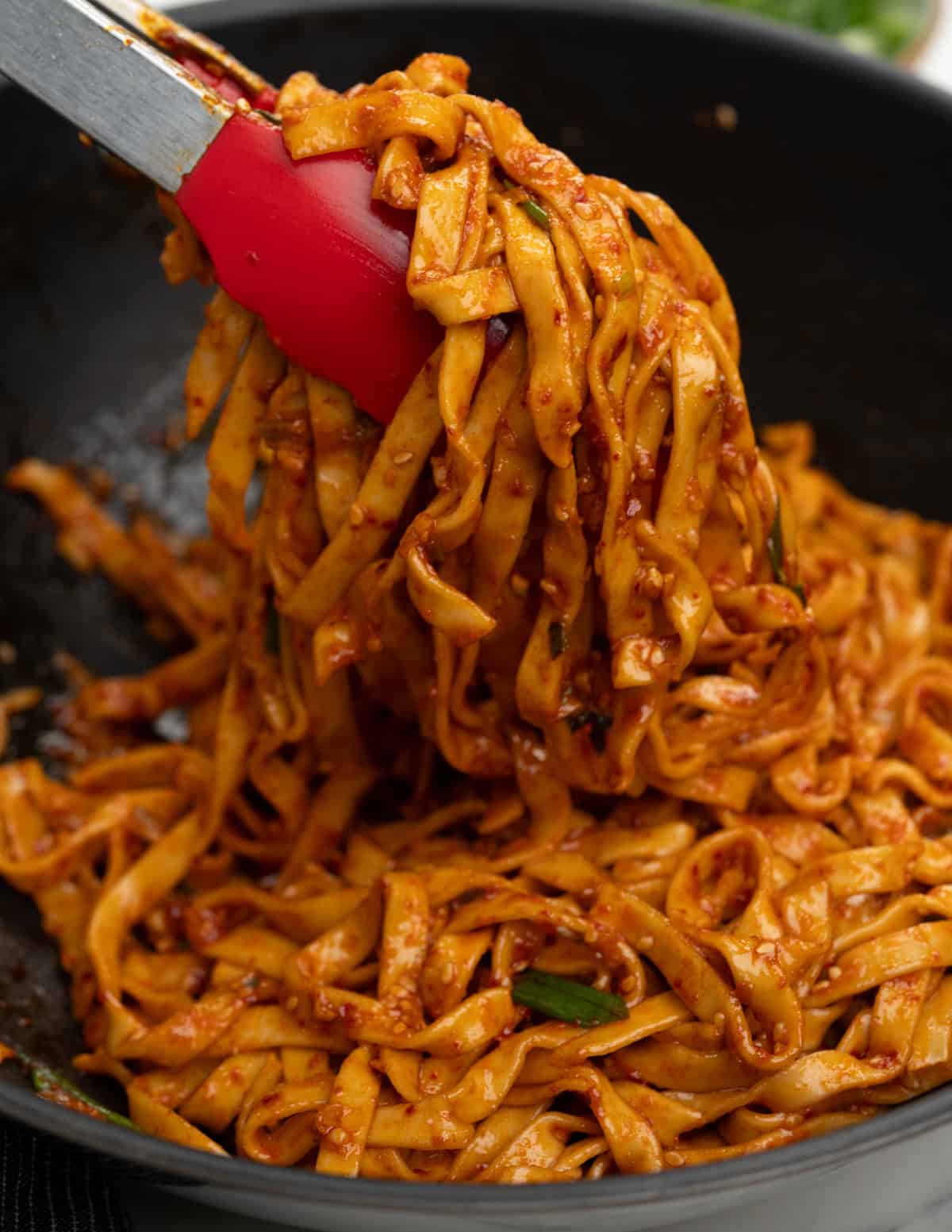
Spicy Gochujang Noodles
With everyone riding the K-drama bandwagon, I could not be left far behind. So, when I began yet another series, I was as usual, heartened to see their love for food. A mother always packs boxes of kimchi and other food for her loved ones who stay away from home. Friends eat spicy Tteokbokki and discuss life over bottles of soju. A sick person is served a lovingly prepared bowl of porridge. I get the feeling that the warm bowl of food is sufficient to chase away all the ills and make the recipient feel perfectly well again.
And then there are times, when the actors eat a spoonful of something spicy and say, “Mashisoyo” (delicious), that I just want to go grab a spoon and dip it right into the bowl on the TV screen! Now knowing that I have to finish this series that I am currently onto and wanting to prevent any metal from touching my TV screen, I made myself a bowl of these Spicy Gochujang Noodles. Aaahhh… lip-smacking deliciousness!
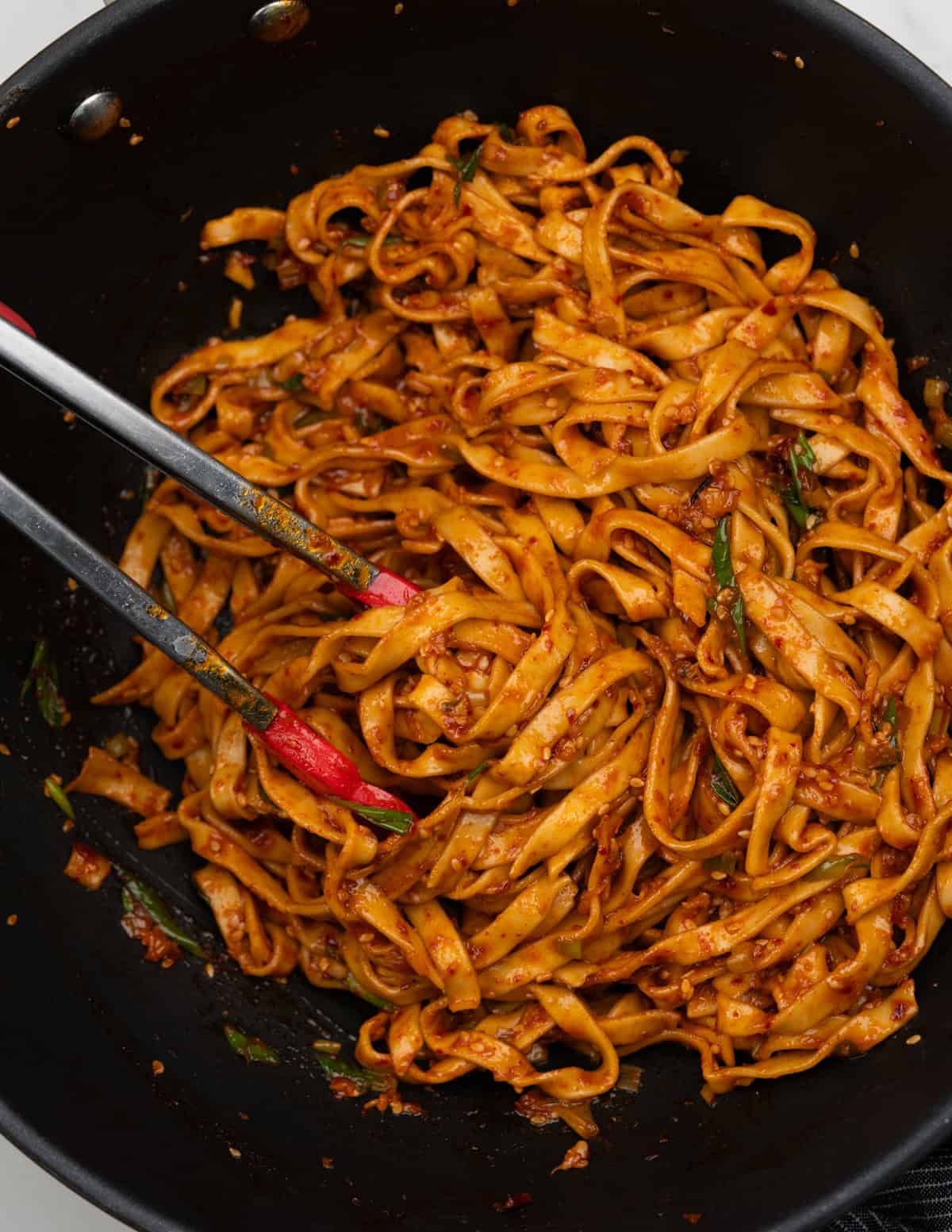
Gochugaru and Gochujang
Apart from using pantry staples, this dish calls for two Korean ingredients, Gochugaru and Gochujang. Gochugaru are Korean Chili flakes. With their vibrant red color and smokey flavor, these chili flakes are a perfect addition to any Korean dish. The level of spice varies across different brands, so please ensure that you check the labels and purchase the one that suits your taste buds.
The second ingredient is the Gochujang paste. Savory, sweet, and spicy, this red chili paste is a staple in Korean cuisine. Ranging from mild to extremely hot in flavor, this versatile sauce adds a depth of flavor to marinades, soups, sauces, and stir-fries.
So, if you intend to surprise a loved one, or show off your Korean cooking expertise to your friends, or simply want to savor a spicy forkful of these delectable noodles, quickly add these ingredients to your shopping list., and if you have them handy, let’s get cracking on making some “Spicy Gochujang Noodles” right away!
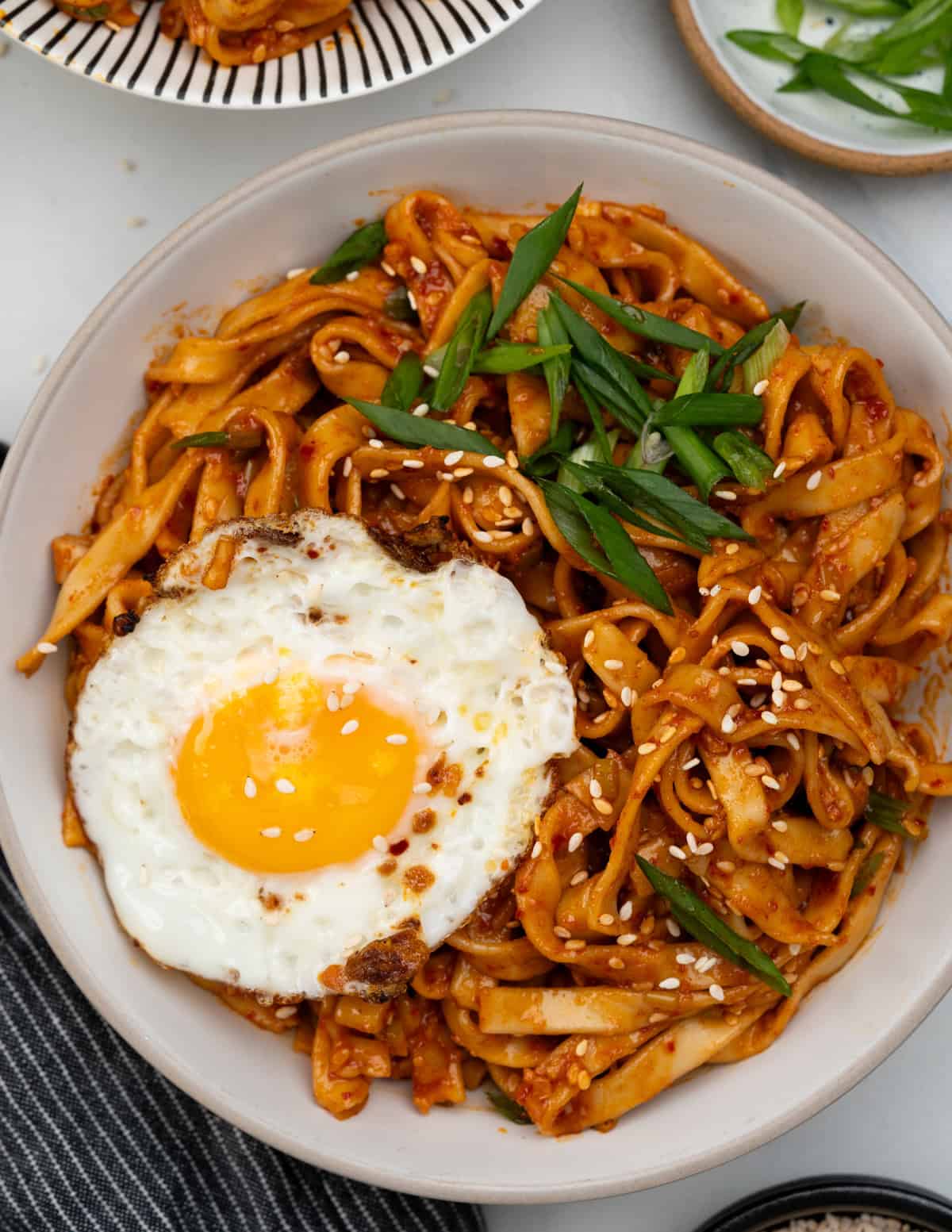
Ingredients
- Noodles – From instant Ramen noodles to Spaghetti, this dish is versatile enough to handle any noodle variety. My preference is to use flat egg noodles, but you can take your pick. Follow the instructions on the package to cook the noodles. Go very light on the salt as the sauces to be incorporated are quite salty. Once the noodles are cooked, retain a cup of the cooking water, before straining the rest.
- Green Onion – Chop up the green onion but separate the green and white parts. These need to be added at different times in the recipe.
- Gochugaru and Gochujang paste – These Korean ingredients are readily available at your nearby supermarket or Asian store. Do remember to check the labels before buying as the spice intensity can vary from mild to extremely hot. The Gochugaru in this recipe is optional but can be used for some added taste.
- Rice Vinegar – It provides the slight acidity that the dish needs and balances the spicy flavor from the chili flakes and the Gochujang paste.
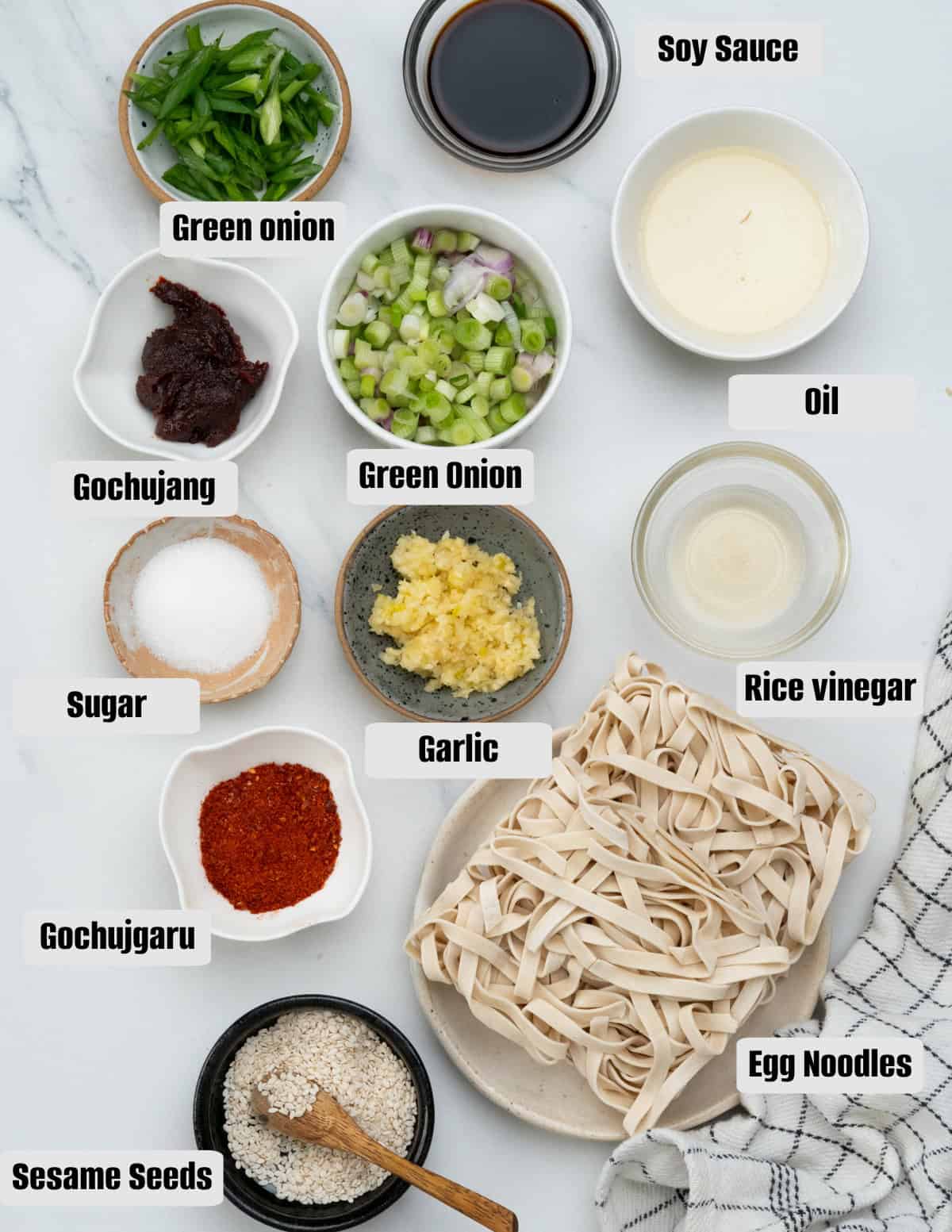
Steps to make
Cook your chosen noodles as per the instructions on the package. Add little to no salt as the sauces that go in are quite salty. Reserve a cup of the cooking water, which will be used later to thicken the sauce.
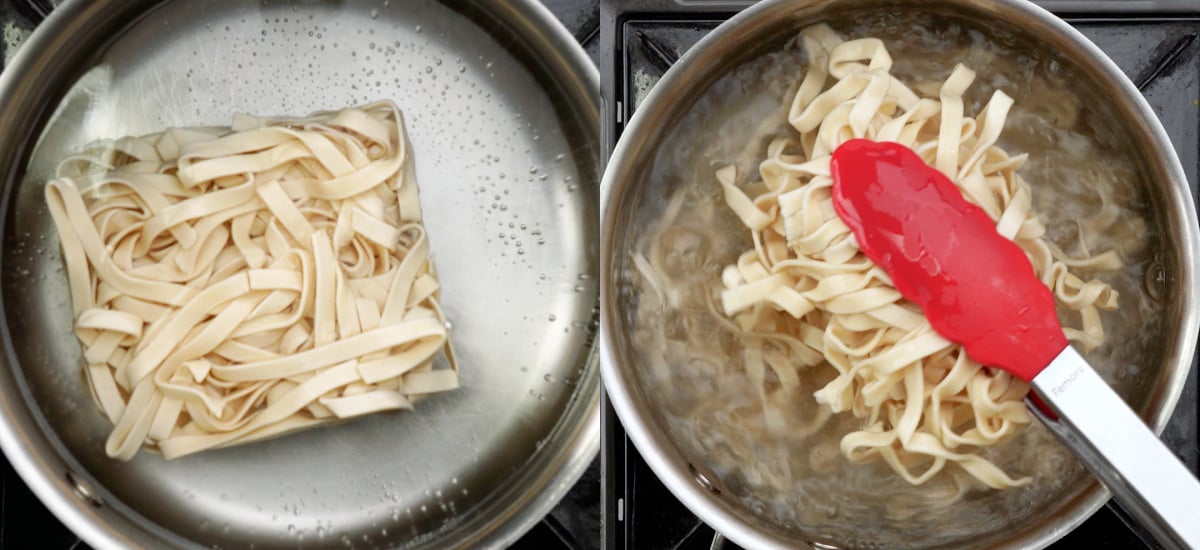
Heat oil on a wok. Toss in the garlic and white parts of the green onion. Cook for a minute. Add the Gochugaru (chili flakes) and stir well.
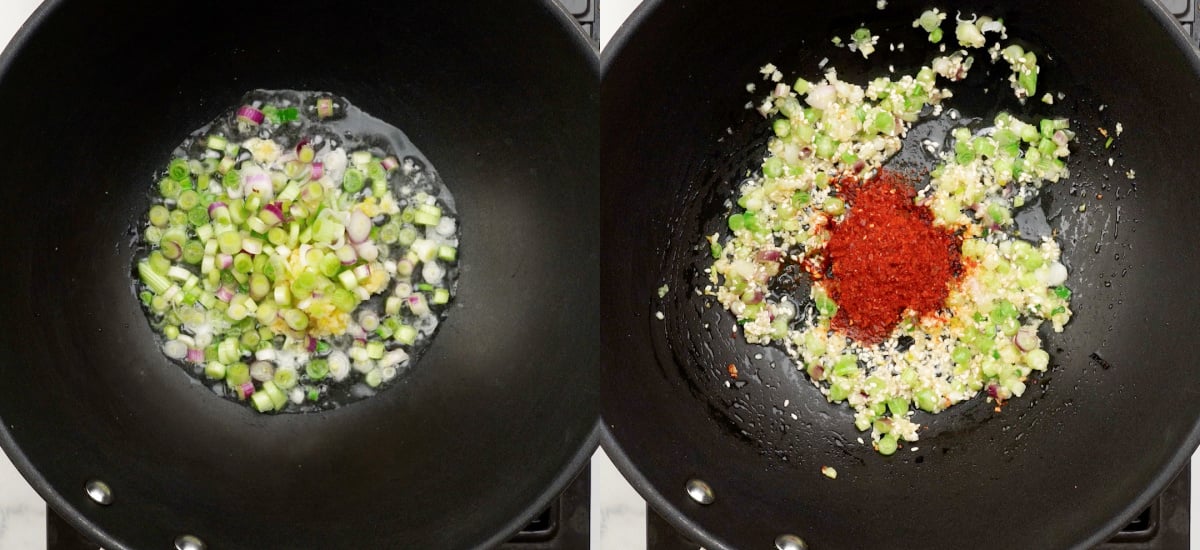
Reduce the flame to low and add 1/2 cup of the noodles cooking water, gochujang paste, soy sauce, rice vinegar, and sugar. Stir and let the sauce cook for 2 minutes on low heat.
Add drained noodles, sliced green onion and toasted sesame seeds. Toss to coat noodles with the sauce.
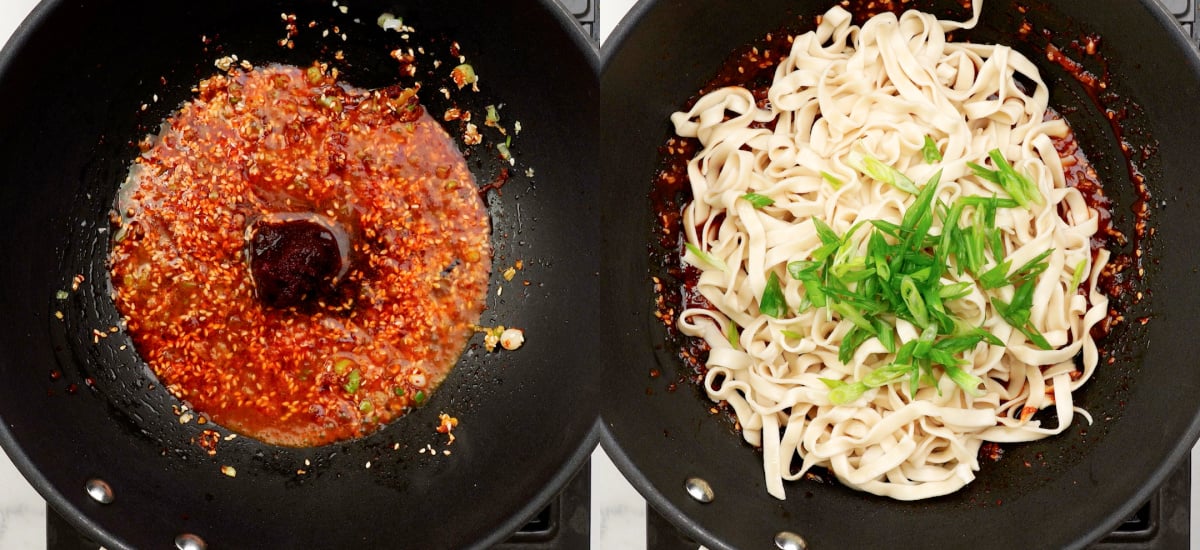
Add a fried egg or try my 15 minutes sticky Korean Chicken for some extra protein. These juicy Air fried chicken skewers with sweet chili sauce glaze also pairs well with these noodles. Twirl some of the “Spicy Gochujang Noodles” onto your fork and don’t forget to say, “Mashisoyo” once you pop them into your mouth!
Recipe Tips
- Try to use noodles that have eggs in them, it has a chewiness and also it hold the sauce well.
- Preferably use a wok or wide skillet, so that it will be easy to toss the noodles without breaking it.
- Gochujang and gochugaru together give a good heat to the dish. So use it mindfully keeping your spice tolerance in mind.
- If you are cooking the noodles in advance, once it is drained, run them under cold water to stop the cooking process and drizzle with little oil and toss. This prevents the noodles from sticking together.
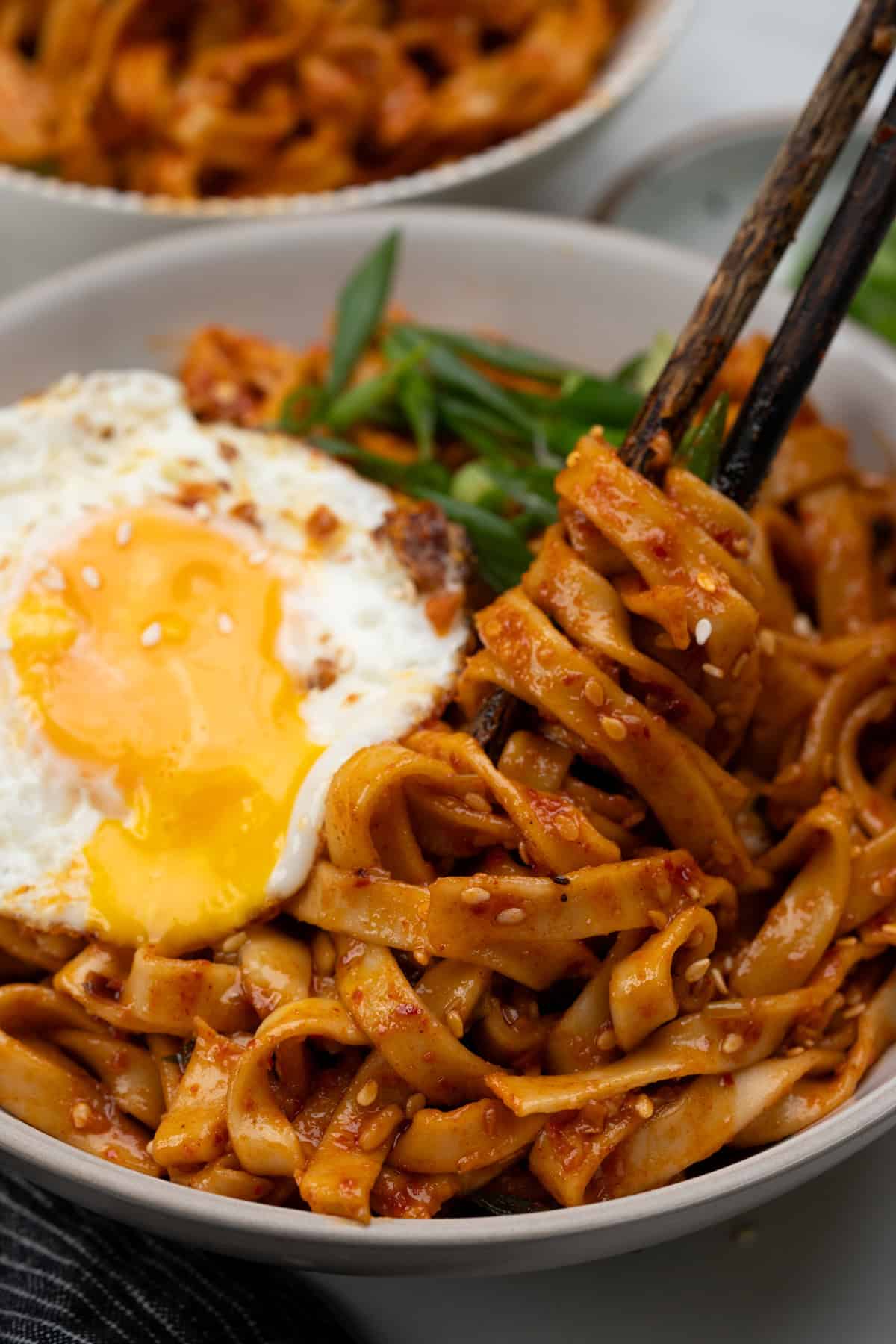
Storing
In case you have any leftovers, you can store these noodles for up to 4 days. Noodles might get a bit dry as it absorb moisture and clump together. So while reheating in the microwave, just add a splash of warm water and warm. Once the noodles are warm, try to loosen them with a for. ( Note- The noodles might break if you try breaking the clump while still cold.)
Love Korean flavors? Then you must try one of our most loved recipes Korean Gochujang Chicken and super delicious Kimchi rice
More slurpy noodle recipes
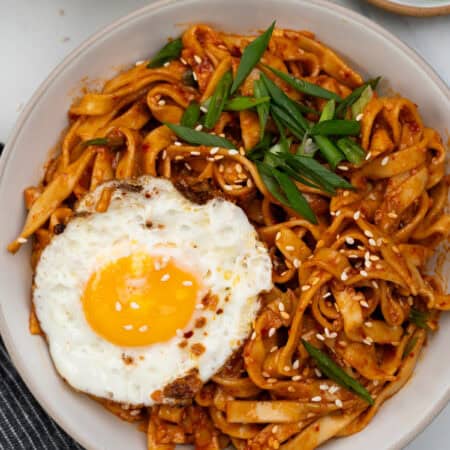

Korean Gochujang Noodles
Ingredients
- 6 oz egg noodles
- 3 tablespoon neutral oil
- 3 cloves garlic minced
- 2 scallions chopped green and white part separate
- 1-2 teaspoons gochugaru
- 1.5 tablespoons gochujang
- 1 teaspoon sesame seeds
- 1 tablespoon sugar
- ½ cup reserved noodle cooking water
- 2 tablespoon light soy sauce low sodium
- 2 teaspoon rice vinegar
- toasted sesame seeds
Instructions
- Cook noodles as per package instructions. Reserve a cup of noodles cooking water.
- Heat oil on a wok. Stir in garlic and white parts of scallion. Cook for a minute.
- Add gochugaru and stir it. Reduce flame and 1/2 cup add noodles cooking water, gochujang, soy sauce, rice vinegar, and sugar. Stir and let the sauce cook for 2 minutes on low heat.
- Add drained noodles, sliced green onion, toasted sesame seeds. Toss to coat noodles with the sauce.
Video
Notes
- Gochugaru is Korean chilli flakes. Adjust the taste as per your spice tolerance. You can also skip it entirely.
- Noodles cooking water helps thicken the sauce a bit.
- I haven’t added any extra salt, not even while cooking noodles. The sauces are already quite salty.
- If adding any veggies like carrots, peppers, or bokchoy, add them in the order of their cooking time. Hard veggies will go in first followed by the rest.
